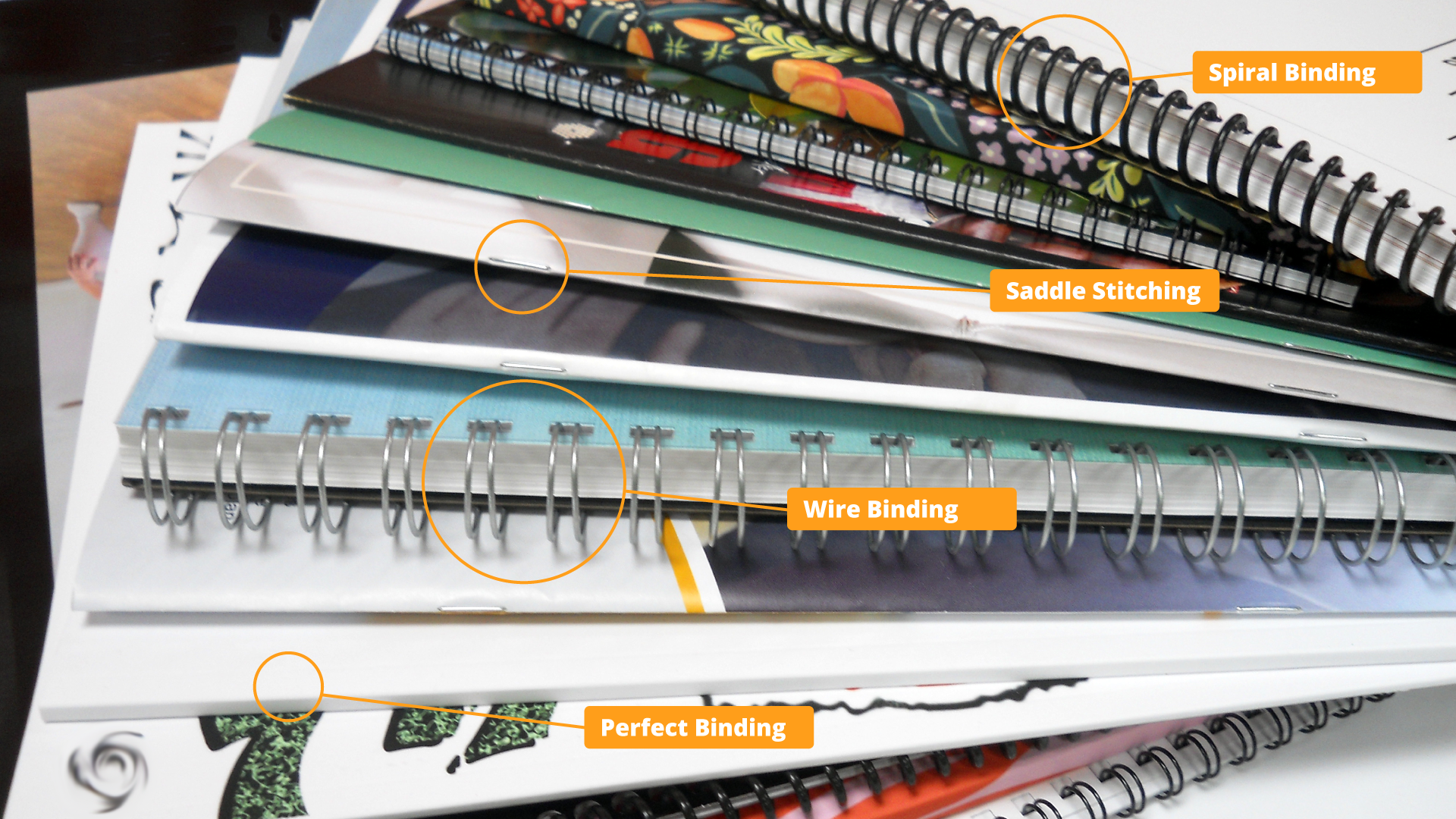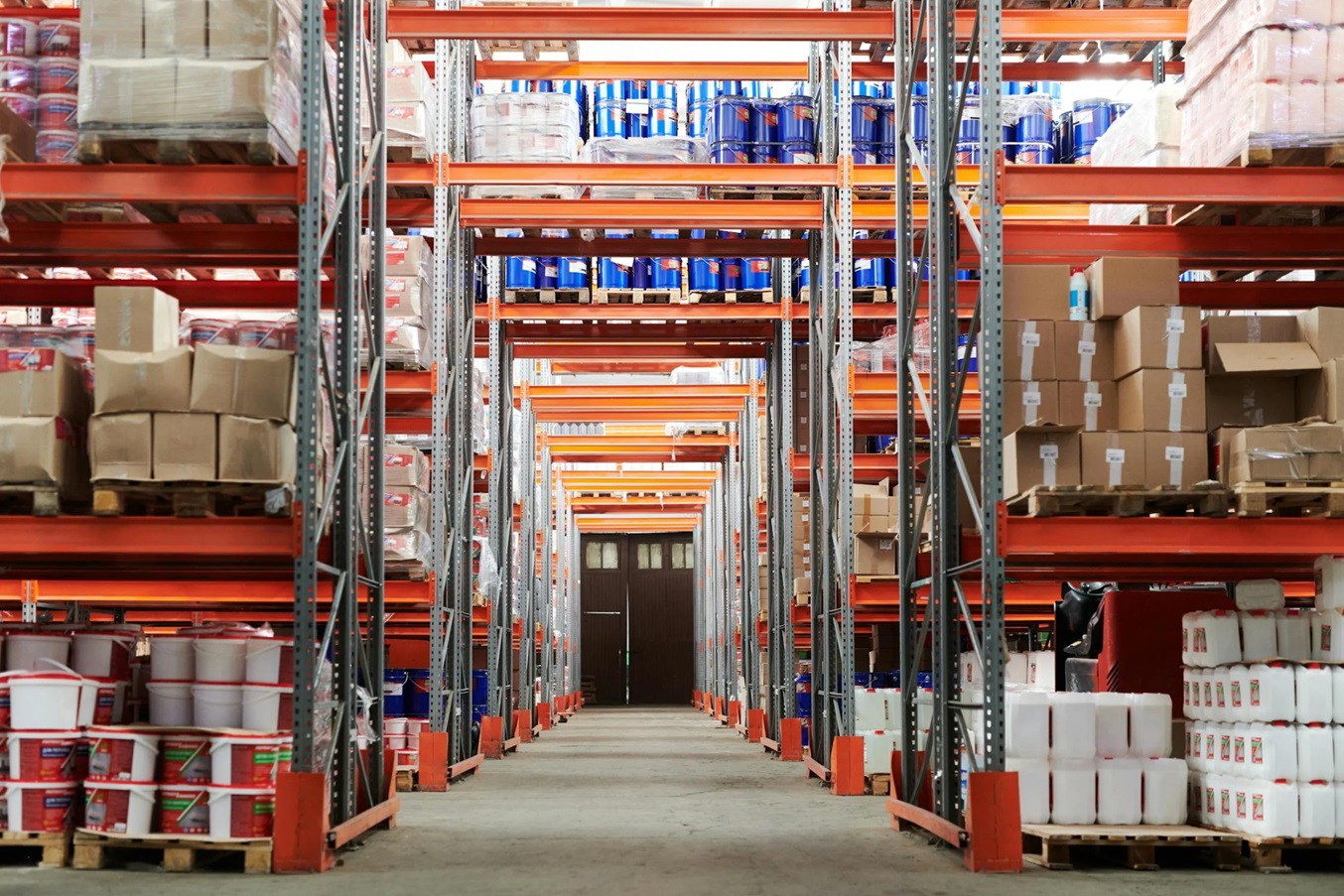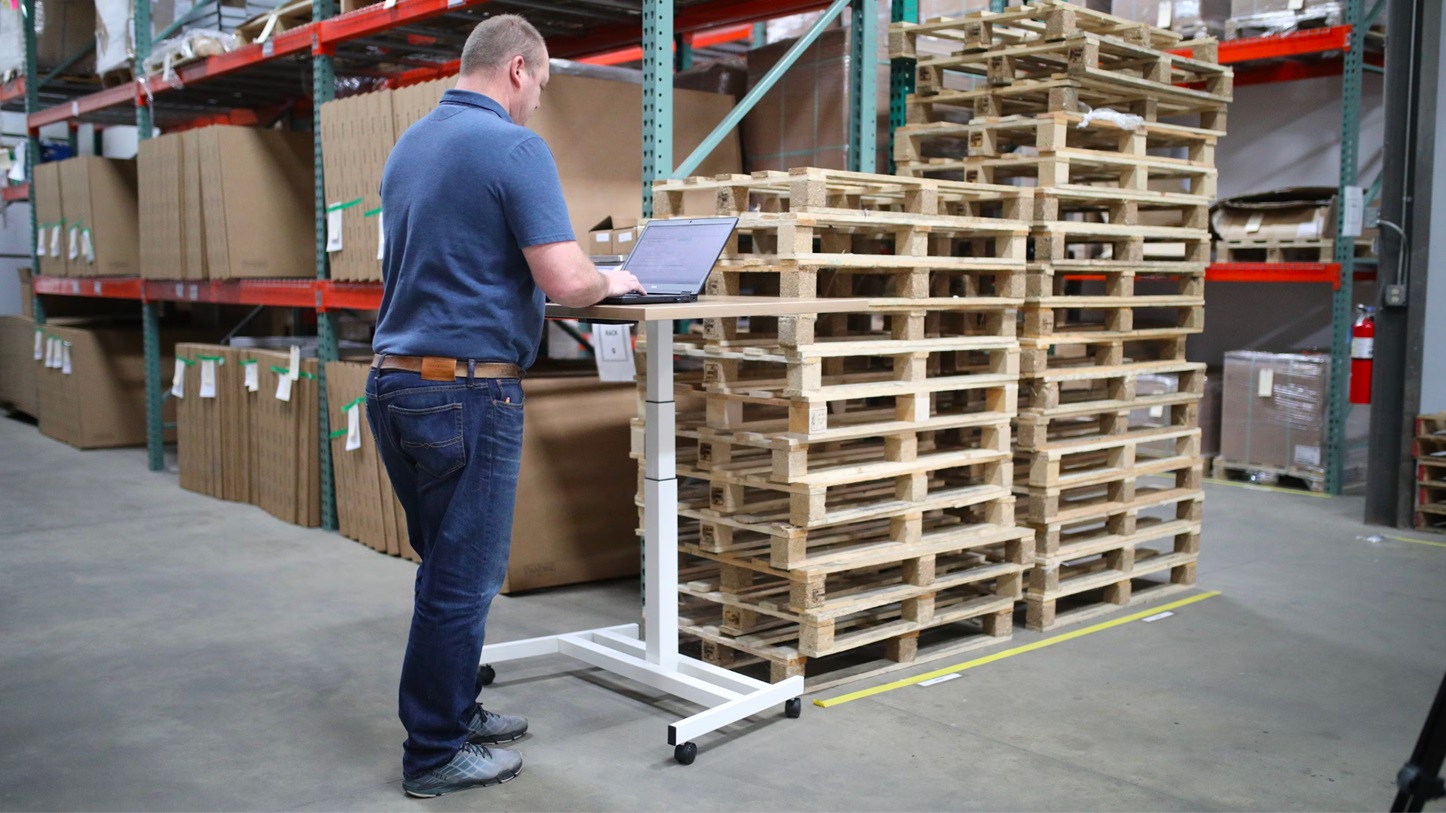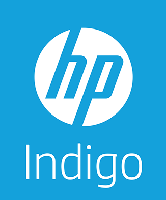The Different Kinds of Book Binding

When most people hear about book binding, they may immediately think about binding fancy leather-bound books and other types of specialty bookbinding. If you need book printing services, binding options are available to you as well. Book printing services come with several options for bookbinding for you to take advantage of.
When printing information, you want a way for that information to stay together. This makes it easier for distributing the information to clients and for clients to store that information. With a wide selection of bookbinding options, you can choose the method that works for you. Each method of bookbinding is good for different things.
Perfect Binding
Perfect binding is what many people think of when they hear about bookbinding because we see it so often. It’s common with paperback books, magazines, and photobooks. This is an option not just for books, but for printing services of all varieties. Including some presentation books and product catalogs.
The papers are stacked on top of each other and glued to the spine with a tough yet flexible glue. This is a great option for books that are ¼ inch thick or more. Its sturdy printing material will keep the pages together for a long time if this is a book that is intended to remain in use and referenced.
Saddle Stitching
Saddle stitching is another common type of book binding, even if you don’t notice it all the time. Most people see it in production programs, portfolio books, and coloring books. Because it’s so common, it’s also a very cost-effective form of book binding. The biggest limitation with this form of bookbinding is that books cannot be overly thick.
With saddle stitching, pages are folded and situated inside one another. The pages are stapled together on the fold line. When the process is complete, the book can lay flat open and people can see the entire page better and get more information. This book printing process is best for books under 100 pages.
Spiral Binding
Very similar to saddle stitching, spiral binding connects pages by punching holes in the edges and using a plastic coil to keep the pages together instead of staples. It’s great for keeping pages flat or wrapping the back pages to focus on one page. That’s one of the reasons this is so popular with notebooks and cookbooks. If you are printing a workbook this is also a good option.
For custom book printing, this is also a great option. When giving presentations or sharing information clients can choose how to keep the book open and follow along. It’s great for books up to two inches thick. If you have images that span two pages, this is not the best option because people may fold pages back around the book.
Wire Binding
Very similar to spiral binding, only wire binding uses a metal coil to keep pages together. They’re common in professional settings because it adds versatile options for handling the book. Pages can be moved 360 degrees or folded back while still looking very professional. Wire binding is common to see in annual reports and other business books.
Wire binding is a good book binding option for books that are a little over two inches thick. Similar to spiral binding, having pictures span over two pages is not recommended for this kind of bookbinding. This is the best option for when you want to be sure that your information is presented most professionally to other businesses and clients.
Conclusion
When looking at the options for book binding, it is important to consider what your needs are. You want to share information with other businesses or clients in the most effective way. Showing the information in an appropriately bound book is an important way to get the right presentation across. Information may be lost in the wrong bookbinding method.
To find out more about what book binding options are best for your needs, Spectra‘s printing services can assist. We will go over all of our book binding options and ensure that you share information in the best way possible. Keep your presentations professional and flexible with the right bookbinding method.










Do I have to ship out my products in a brown box, or can I use some really cool plastic packaging with some branding on it?
We’re more than happy to use whatever type of packaging that you’d like to use. Some of our current customers use colored plastic bags for a WOW factor. We’ll work closely with you on your packaging, as well as your products.
What is bespoke packaging?
Bespoke packaging is custom-designed, luxury packaging that is unique to you and your brand. It’s the ideal way to enhance your product, making it even more desirable.
I keep hearing the term unboxing experience. What exactly does that mean?
The unboxing experience is the memorable interaction a customer has when unboxing a product for the first time. This includes the use of bespoke packaging and branded boxes, attractive inserts, and free samples.
Are you able to work with outside vendors?
Yes, we will work with outside vendors and I’m more than happy to have further discussion.
Do you handle returns?
Yes, we will handle returns according to your business rules and the policies that you provide.
I want my packages to stand out and really promote my brand. Are you able to accommodate custom packaging?
We sure are. We’ll help you develop whatever type of customized packaging that you would like to use to give you that special look!
I take a lot of pride in the way my products look and every detail is important to me. Are you able to include customized packing slips?
Absolutely, we’re more than happy to include custom packing slips. As a matter of fact, we’re also a printing company and we could print some for you.